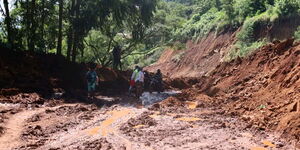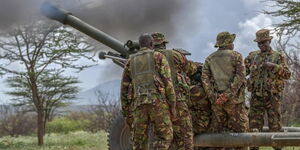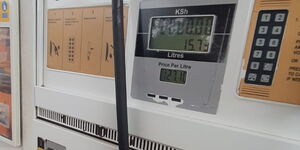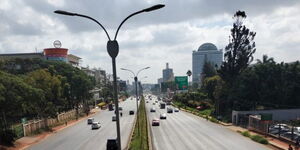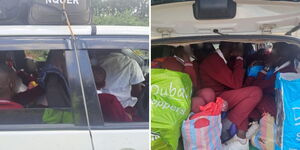As days go by, more Kenyans are signing up on popular ride hailing apps as cab drivers, which creates stiff competition in the market.
Overhead costs involved in running the business have also risen, affecting drivers' profit margins. Government regulations such as the dusk to dawn curfew and closure of popular picking points like bars have also played a part in hurting the industry.
The Energy and Petroleum Regulatory Authority (EPRA) has constantly increased fuel prices. For the period starting June 15 to July 14, EPRA raised the price of petrol to Ksh127.14 while retaining the prices for diesel and kerosene at Ksh107.66 and Ksh97.85 respectively.
Speaking to Kenyans.co.ke, Moses, a cab driver in Nairobi shared some of the methods they employ to keep making a living.
"In some days, I end up making Ksh8,000 in a day, I pass by the supermarket, do some shopping and get home to my children who get to know daddy was at work."
Targeting High End Estates.
Through extensive research and experience, cab drivers develop an understanding of their target market. They know where residents usually use matatus and where they use cabs.
This knowledge helps them identify some of the hotspots high in demand for cab drivers to capitalise on. The driver gave examples of high demand hotspots such as Parklands and Kilimani.
Demographic Segmentation.
In business, demographic segmentation refers to the categorization of the target market based on specific variables like race, age, education, and gender.
Some times, taxi drivers in upmarket estates such as Karen and Parklands only accept requests from names of Asian or European clients who do not travel far and are perceived to have more money.
"I would rather do five trips picking clients from Diamond plaza to their home nearby, rather than pick someone from Ngara to Juja, knowing I will not get a return trip." Moses revealed.
Short Trips vs Long Trips.
There are varying factors that determine whether a driver will make money in a trip. A long trip usually has a big payout but the downside is the fuel cost and the fact that the driver will likely not get a customer on their way back to the cbd.
Moses revealed that the method with the highest returns is short destinations. Cab drivers prefer to take multiple short route trips instead of long distances. "You will call the drivers or they will call you immediately after requesting a cab, the first question is usually where your destination is, if it is far, they give you a flimsy excuse to get you to cancel the trip" Moses disclosed.
Switching Off Ride-Hailing Apps.
The rise of ride-hailing apps impacted the transport industry and the lives of a multitude of drivers who at first rejected the technology but were later forced to adapt and join.
Two of the most popular apps take a 25% and 15% cut respectively off the top from money drivers make.
Drivers prefer switching off the apps during the rush hour or at prime destinations like JKIA in order to maximize their profits using the 'streets prices'. They negotiate with a client directly and keep 100% of the revenue.
Exploiting Weather Patterns.
The weather plays a huge role in the transport industry. This is commonly seen when it rains, where a rise in fare prices occurs across all commuter services.
The cab drivers are not left behind as they utilize the weather to their advantage. Moses mentioned that cab drivers mostly prefer hot and rainy seasons. Generally, they experience a drop in clients during the cold season, a factor Moses attributed to people staying indoors to keep warm.
"When it's hot, you will find more people drinking and making merry, which results in many people looking for a ride home. During the rainy season, business spikes as many intend to avoid getting rained on," stated the driver.

